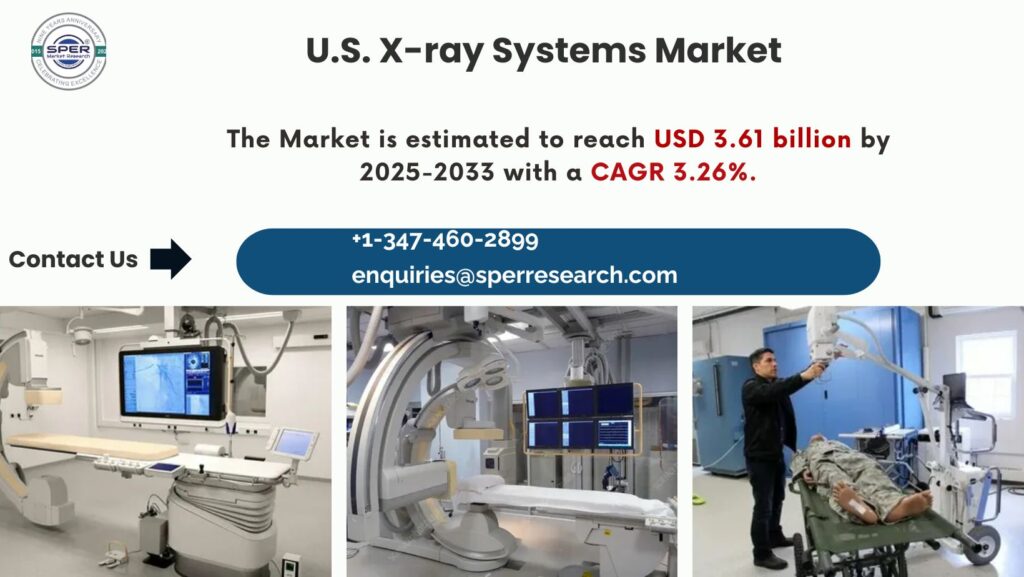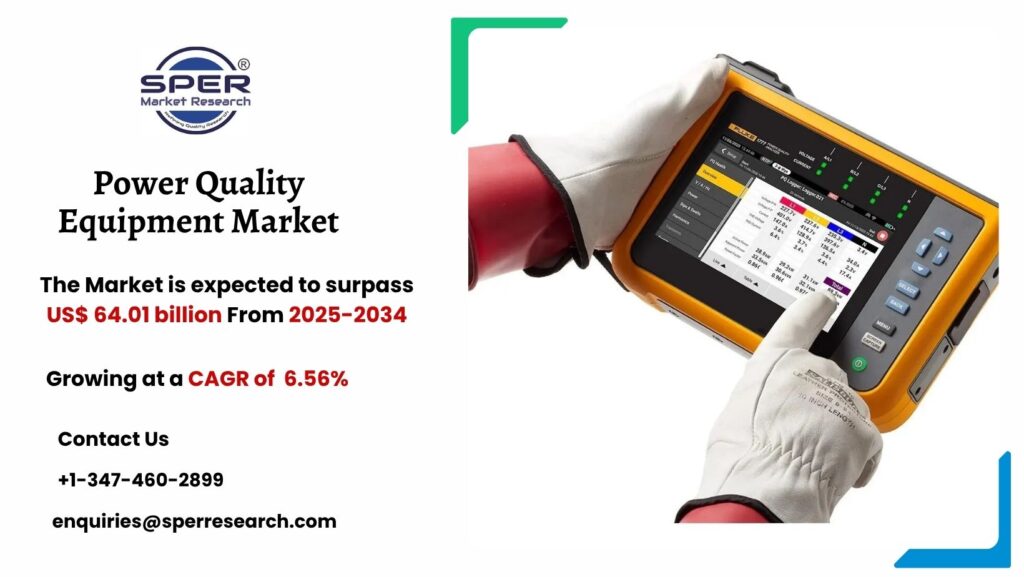Breast lesion localization is a pre-surgical procedure used to accurately identify and mark abnormal tissue within the breast, typically detected through imaging but not palpable during physical examination. It is essential in guiding surgeons during breast-conserving surgeries, such as lumpectomies, to ensure complete removal of cancerous or suspicious lesions while preserving healthy tissue. Various techniques are used, including wire-guided, radioactive seed, magnetic, and radar-based localization, often under ultrasound or mammographic guidance. This method improves surgical precision, reduces re-excision rates, and enhances patient outcomes. Advancements in technology continue to drive the adoption of minimally invasive, radiation-free, and patient-friendly localization methods worldwide.
According to SPER market research, ‘Global Breast Lesion Localization Methods Market Size- By Type, By Technology, By Usage- Regional Outlook, Competitive Strategies and Segment Forecast to 2034’ state that the Global Breast Lesion Localization Methods Market is predicted to reach 5.04 billion by 2034 with a CAGR of 8.16%.
Drivers:
The breast lesion localization market is driven by the rising incidence of breast cancer and the growing emphasis on early detection through advanced screening programs. Increasing adoption of breast-conserving surgeries, which require precise lesion localization, further fuels demand. Technological advancements, such as wireless, magnetic, and radar-based systems, are improving accuracy, patient comfort, and surgical efficiency. Expanding awareness campaigns, government initiatives, and improved access to diagnostic imaging in emerging economies are also contributing to market growth. Additionally, the shift toward minimally invasive procedures and the need to reduce re-excision rates are prompting healthcare providers to adopt modern, radiation-free localization techniques, boosting overall market adoption.
Download the Detailed Analysis in PDF format, Here
Restraints:
The breast lesion localization market faces challenges such as the high cost of advanced localization devices, which limits adoption in low- and middle-income regions. Radioactive seed localization methods face strict regulatory requirements and handling issues due to radiation safety concerns. Limited availability of skilled radiologists and surgeons trained in newer techniques can hinder effective implementation. In some cases, localization procedures may cause patient discomfort, anxiety, or scheduling delays when surgery and localization are performed on different days. Additionally, device malfunctions, migration of markers, and inaccuracies in placement can impact surgical outcomes. Reimbursement limitations in certain countries further restrict widespread adoption of advanced localization technologies.
North America held the largest share in Global Breast Lesion Localization Methods Market in 2024. The dominance is attributed to factors such as a high incidence of breast cancer, advanced medical imaging technologies, a strong established healthcare infrastructure, and increasing adoption of localization devices. Some of the key market players are Argon Medical Devices, BD, Cook, MDL SRL, Merit Medical Systems and MOLLI Surgical Inc. (Stryker).
For More Information, refer to below link: –
Breast Lesion Localization Methods Market Growth
Related Reports:
Durable Medical Equipment Market Growth
Companion Animal Ear Infection Treatment Market Growth
Follow Us –
LinkedIn | Instagram | Facebook | Twitter
Contact Us:
Sara Lopes, Business Consultant — USA
SPER Market Research
enquiries@sperresearch.com
+1–347–460–2899









